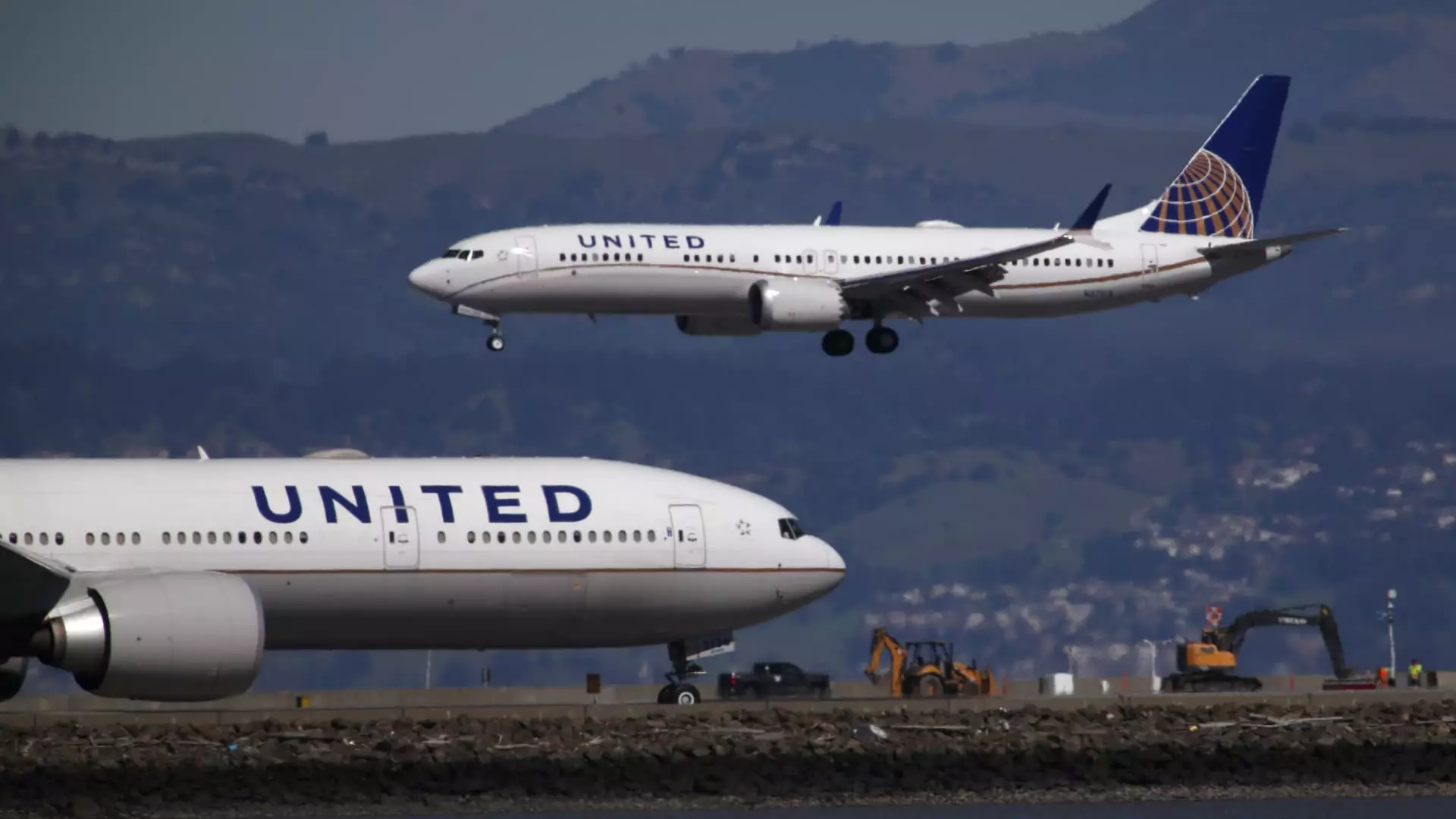United Airlines recently announced a significant cut in its aircraft-delivery expectations for the year due to delays from Boeing, marking the latest airline to experience growth challenges as a result of the plane-maker’s safety crisis. The airline now anticipates receiving only 61 new narrow-body planes in 2026, a decrease from the initial projection of 101 at the beginning of the year and contracts for up to 183 planes by 2024. CEO Scott Kirby explained the decision, stating, “We’ve adjusted our fleet plan to better reflect the reality of what the manufacturers are able to deliver.”
In response to Boeing’s production limitations and increased federal scrutiny, United Airlines plans to lease 35 Airbus A321neos in 2026 and 2027 as an alternative to Boeing’s aircraft. Earlier this year, United removed Boeing’s yet-to-be-certified Max 10 from its fleet plan, opting to convert some Max 10 planes to Max 9s instead. The airline also reduced its annual capital expenditure estimate from about $9 billion to $6.5 billion. These adjustments come amidst challenges faced by Boeing and regulatory reviews such as the Federal Aviation Administration safety assessment that United is currently undergoing.
The temporary grounding of the Boeing 737 Max 9 in January resulted in a $200 million hit for United Airlines in the first quarter, preventing the airline from reporting a profit. Despite this setback, revenue for the quarter increased by nearly 10% compared to the previous year to $12.54 billion, with a capacity growth of over 9%. The airline posted a net loss of $124 million, or a loss of 38 cents per share, in the first quarter of 2026.
Looking ahead, United Airlines anticipates earnings of between $3.75 and $4.25 per share in the second quarter, surpassing analysts’ estimates. The airline’s shares saw a rise of more than 4% in after-hours trading following the announcement of the adjusted fleet plans and financial performance. United’s executives are expected to provide further insights during a call with analysts scheduled for the following day.
United Airlines’ decision to modify its aircraft-delivery expectations and adjust its fleet plan reflects the challenges faced by the aviation industry, particularly in light of Boeing’s safety crisis and production constraints. The strategic shift towards leasing Airbus planes and the ongoing regulatory reviews further highlight the complexities of operating in a highly regulated and competitive environment. Despite these challenges, United Airlines remains focused on capitalizing on growth opportunities and enhancing its operational efficiency to navigate the evolving landscape of commercial aviation.

